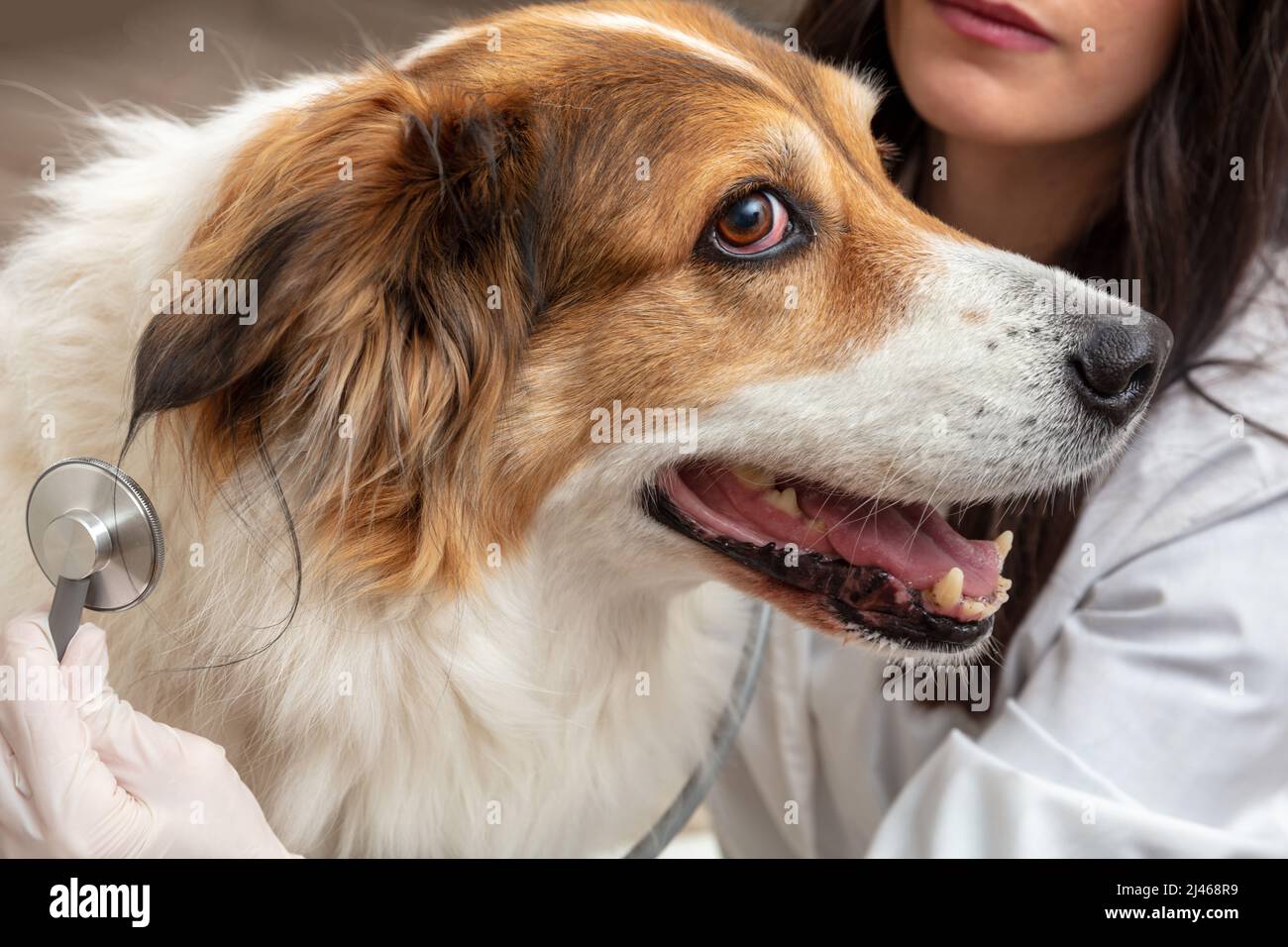In the clandestine corridors of veterinary clinics, an unspoken alliance exists between the health of animals and the moral obligations of their caregivers. Vets don’t merely don their stethoscopes for the purpose of diagnosing ailments; they become the unyielding guardians of animal welfare. However, lurking behind the comforting façade of medical examinations and checkups lies a complex ethical labyrinth—one that raises the vitally important question: do vets report animal abuse?
The veterinary profession is imbued with a profound sense of duty not only to the pets that seek their care but also to the ethical codes that govern their practice. It’s a duality that demands both compassion and vigilance, a dedication as warm as the gentle touch of a pet owner’s hand and as stark as the cruel reality some animals face in the hands of negligent guardians.
To embark on understanding this subject, it would be prudent to first define what constitutes animal abuse. Animal abuse encompasses a spectrum of actions ranging from neglect—where basic needs such as food, water, and shelter are withheld—to outright cruelty, where intentional harm is inflicted. These acts often go unnoticed, shrouded in domestic anonymity, much like the shadows that dance across the walls of a dimly lit room.
Veterinarians are not merely technicians in the art of healing; they are also observers of behavior and advocates for their furry patients. When an animal arrives at a clinic bearing visible signs of distress or injury, the veterinarian must engage in a meticulous analysis. Is the laceration consistent with a fall, or does it suggest an intentional act? Is the animal displaying behavior indicative of fear or submission that hints at a deeper psychological trauma? Observations such as these form the crux of the ethical inquiry that veterinarians face.
The ethical framework guiding a veterinarian’s practice often includes mandatory reporting laws intended to safeguard animals. In many jurisdictions, veterinary professionals are legally required to report suspected cases of abuse to appropriate authorities. These laws exist as a sentinel, a wary eye cast upon the unfortunate realities many animals endure. However, the landscape of reporting can be intricate, fraught with uncertainties, and informed by local legislation that can vary significantly. The complexity is akin to navigating a winding river, where the clarity of waters can obscure treacherous undercurrents.
Yet, the ethical dilemma extends beyond legal obligations. Many vets grapple with the weight of their duties, standing at the crossroads of medical confidentiality and the welfare of an animal in distress. The act of reporting can feel like a pendulum swing—on one end lies the adherence to ethical integrity, compassion, and safety for the animal; on the other, the potential ramifications for the pet owner, including prosecution or the loss of their beloved companion. It’s a decision that necessitates considerable reflection—a conundrum that intertwines professional ethics with moral courage.
As champions for animal welfare, veterinarians are keenly aware that sometimes the most vulnerable creatures lack the ability to voice their suffering. In examining this silence, one can draw an intriguing parallel to hidden cruelty in society at large, where victims may remain voiceless due to fear or intimidation. A veterinarian’s role, therefore, can be likened to that of a sentinel, alert and watchful, poised to speak on behalf of those who cannot advocate for themselves.
Additionally, perceptions of animal rights are shifting in contemporary society. The moral landscape is evolving, fostering increased awareness and advocacy for animal protection. This societal shift has considerable implications for veterinary professionals, compelling them to adopt a more proactive stance in their communities. Far from being mere healers confined within the clinical walls, many veterinarians have taken on the mantle of educators—informing pet owners about responsible animal care and advocating against abuses. It is this unique appeal, the passion for animals transcending beyond the clinic, that can stir profound change.
Yet, the very act of reporting isn’t without its complications. Vets sometimes face scrutiny and resistance from pet owners who may view their actions as an infringement on personal autonomy. This defensive posture perpetuates the silence that many abuses thrive in. In navigating these treacherous waters, the veterinarian must balance empathy and authority, advocating for the animal while still fostering a productive relationship with the pet owner. Much like a tightrope walker poised above a great abyss, this balancing act requires poise, critical thinking, and an unwavering commitment to the ethical tenets of animal care.
Surely, the act of voicing concerns over suspected abuse is not just a professional obligation but a moral imperative. Vets don the stethoscope not simply as an instrument of medical expertise but as a symbol of their allegiance to a larger cause—promoting justice for voiceless beings. In the chorus of compassion where vets sing the praises of animal welfare, they are often the unsung heroes who bravely shine a light on the blight of abuse.
Ultimately, the question of whether veterinarians report animal abuse unveils a broader conversation about ethics, responsibility, and the intricate relationships between humans and animals. It is incumbent upon veterinary professionals to remain steadfast advocates in their realm, navigating the nuanced interplay of compassion and law. As society continues to evolve, the silent commitment of these guardians must resonate louder, echoing a call for protection and advocacy in every heartbeat of their patients.








